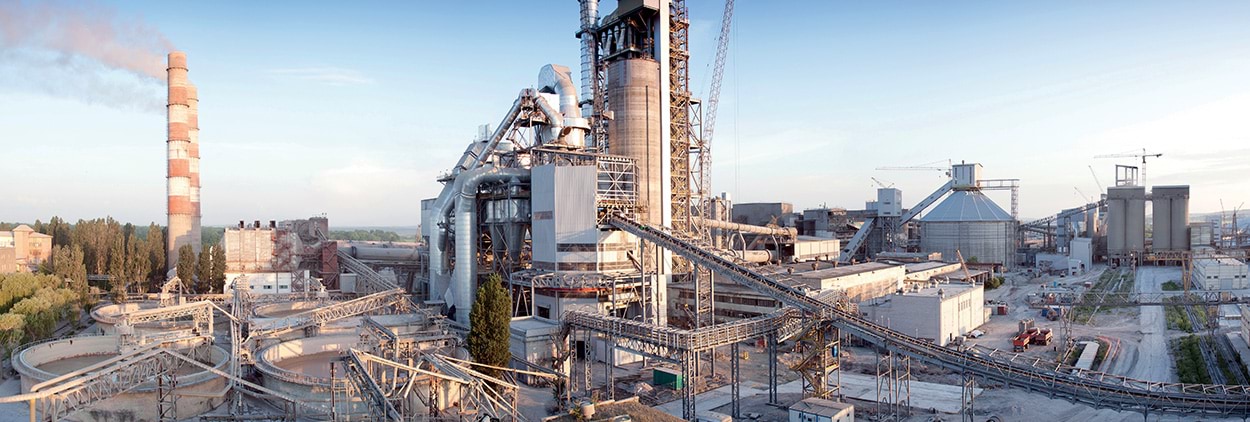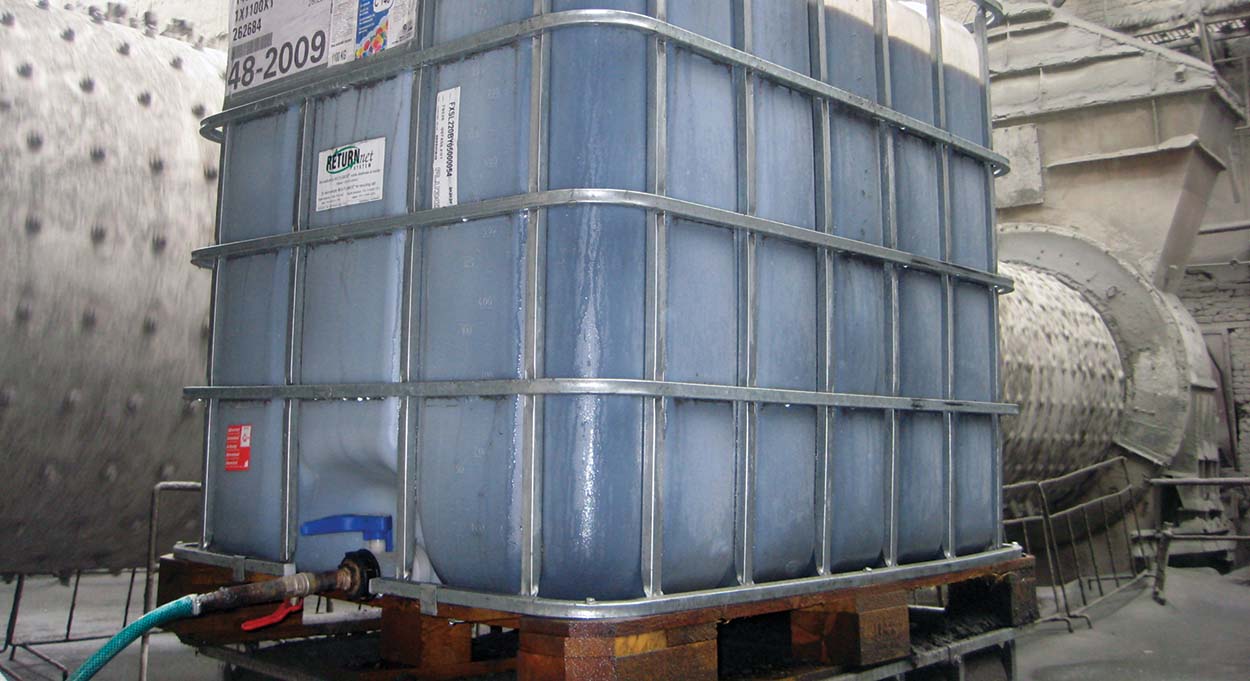
Mapei Cement Additives promote sustainability
Improvement in plant performance and reduction in co2 emissions for an expanding market.
Mapei is extending the production of its cement additives with its introduction of the C-ADD (Cement ADDitives) Division to the Americas. The cement additives being introduced in North America include cement additives, strength enhancers, and dust-control technology for all types of cement, as well as air-entraining and waterproofing additives for masonry cements. The constant increase over the past two years in the U.S. production levels of cement is a sign of the robust state of the American economy’s health and growth in general, and of the construction market in particular. The additives from Mapei’s C-ADD line are now part of the North American scene as essential elements to tackle issues associated with the increasing demand for cement in the region.
Mapei is extending the production of its cement additives with its introduction of the C-ADD (Cement ADDitives) Division to the Americas. The cement additives being introduced in North America include cement additives, strength enhancers, and dust-control technology for all types of cement, as well as air-entraining and waterproofing additives for masonry cements.
The constant increase over the past two years in the U.S. production levels of cement is a sign of the robust state of the American economy’s health and growth in general, and of the construction market in particular. The additives from Mapei’s C-ADD line are now part of the North American scene as essential elements to tackle issues associated with the increasing demand for cement in the region.
For example, in cement grinding mills these additives increase production by 10% to 15%, and reduce the amount of energy required for the grinding process by 8% to 12%. The additives also improve cement properties such as mechanical strength and flow rate and reduce wear on components in the grinding units. As a result, maintenance costs can be reduced.
In addition, the American cement market is trending toward marketing cement with lower clinker content. Apart from reducing production costs for cement works, lower clinker content considerably helps in reducing CO2 emissions into the atmosphere. The use of strength-enhancing additives from Mapei’s C-ADD line plays a key role in achieving these objectives. For instance, if the C-ADD strength-enhancing additives allow the amount of clinker to be reduced by an average of 4%, it is calculated that, for the American market, this could lead to a reduction of around 3 million tons of CO2 in the atmosphere per year.
C-ADD DIVISION OPERATIONS
Cement additives production and customer support will be administered through General Resource Technology (GRT), which was acquired by Mapei in May 2014. Based in Minneapolis, MN, GRT specializes in the production and marketing of admixtures for concrete. Because of its affinity with C-ADD additives, the company has also been given the task of developing the cement additives business in North America. Thanks to the excellent integration of GRT with a company as widely renowned for its quality and reliability as Mapei Corporation, the approach to the cement additives market has been relatively straightforward.
The existing production units of Mapei Corporation (in Garland, TX) and subsidiary GRT, Inc., (in Madison, IL) are being used for the production of the C-ADD line. Production was started in April 2015 at the Madison plant to improve service to clients in the Midwest. Following this startup, a liquids production unit began to operate in September 2015 in the existing plant in Garland, which will help make the company’s service to its clients in the Gulf and Southern states more competitive.
A third facility will be commissioned shortly in Logan Township, NJ, which will allow the company to provide an excellent logistics service to cement production plants along the East Coast and in Eastern Canada.
AN OVERVIEW OF THE PRODUCTS
BXR cement additives and strength enhancers
BXR additives are highly concentrated cement additives formulated with selected raw materials, to guarantee consistent high quality and superior performance. BXR additives may be successfully utilized in the grinding of blended cements (with such materials as blast-furnace slag, fly ash, pozzolans and limestone) and in all cases where a significant increase in strength is needed. In addition to the advantages through their use as cement additives, BXR additives guarantee remarkable increases in early and ultimate strength. BXR additives can increase strength mechanically by providing a better granulometric distribution of the finished cement as well as higher cement fineness. In addition, these additives can increase strength chemically by promoting a higher hydration rate of calcium silicates.
Recommended dosage: 0.02 – 0.2%
Cements, Type I & II: 0.02 – 0.04%
Cements, Type III: 0.03 – 0.07%
Blended cements: 0.10 – 0.20%
HSG cement additives for Portland cements
HSG additives are high-performance cement additives generally used to increase mill production and to improve the quality of Portland cements. They are highly concentrated additives formulated with raw materials that guarantee consistent quality and superior performance.
HSG additives, thanks to their polar nature, notably reduce the attraction forces of cement particles, which are the main cause of agglomeration inside tubular mills. These additives are also able to modify the hydrated structure of cement, thereby improving strength.
The disappearance or the remarkable reduction of agglomeration improves the granulometric distribution of the finished cement with a consequent beneficial effect on the strength and efficiency of the separation process.
It is possible to obtain important production increases (and power savings) or, at the same production level, improvements of the specific surface of the finished cement. Customized formulations of HSG additives allow for the modification of the hydration produced by the cement, thereby increasing the early and/or ultimate strengths.
HSG additives may be successfully utilized in all cases of pack-set phenomena (when not resulting from humidity) inside the mills, particularly in the grinding of Portland and limestone cements. Production increases generally vary between 10% and 30%, depending on a variety of conditions – the fineness of the cement, the grinding system available, the clinker mineralogical composition, the additive dosage, etc.
The low pack-set index obtained with HSG additives gives a better flowability of the dry cement powder with faster loading and unloading of trucks, railcars and barges.
Recommended dosage: 0.02 – 0.08%
Cements, Type I & II: 0.02 – 0.05%
Cements, Type III: 0.05 – 0.08%
MCH cement additives and pack set inhibitors
MCH additives have the same characteristics and uses as the HSG products, except that they are used for blended cements as well and are applied in different dosages. They are highly concentrated additives formulated with only select raw materials, to guarantee absolute constancy of quality and superior performance.
Recommended dosage: 0.02 – 0.07%
Cements, Type I & II: 0.02 – 0.04%
Cements, Type III: 0.04 – 0.07%
Blended cements: 0.03 – 0.06%
AEC air-entraining and waterproofing additives for masonry cements
AEC tailor-made additives are formulated for the production of high-quality masonry cements Type N, M and S, complying with the standards ASTM C91-95c and ASTM C270. They must be added to the mill during grinding for correct dispersion and to maximize performance.
AEC additives increase air entrainment and water retention, improve workability and waterproofing characteristics, control the setting time, and extend the board life. Air entrainment can reach 15% to 21%, improving the workability of the product. Water retention can easily exceed 90%.
AEC additives’ resulting entrainment of air in micro-bubbles, homogeneously distributed, improves workability, yield per surface unit and resistance to freeze/thaw cycles. Microbubbles, with controlled diameter and high stability, act as a lubricant between mortar layers, improving flow as well as workability.
AEC additives’ resulting water retention prevents the mortar’s mixing water from migrating toward the external substrate, thereby improving adhesion and reducing plastic shrinkage.
Recommended dosage: 0.08% to 0.3%
The optimum dosage depends on the type and fineness of the masonry cement
Technical assistance
The optimum dosage of Mapei cement additives has to be found through a reliable industrial trial. Around the world, Mapei’s C-ADD specialists are available to optimize the grinding circuit during the industrial trials and to suggest the most suitable dosage system.
To support the work of the C-ADD product line in the Americas, a Technical Services laboratory is currently being set up at the production facility in Logan. The lab will be outfitted with equipment and instruments – in compliance with standards of ASTM International (formerly the American Society for Testing and Materials) – to measure the chemical/physical properties of cement and the effect that additives have on cement. Team members in the lab will provide Mapei’s well-renowned and highly qualified technical support to cement manufacturers.
Service and sustainability
Mapei Group is considered to be one of the leading suppliers of the cement industry worldwide. Backed by extensive problem-solving experience and knowledge of cement manufacturing processes and related problems, Mapei has been able to grow over the past decade in order to become a highly appreciated technical solution provider. And now that knowledge and experience is coming to the Americas.
“We look forward to serving the large cement producers in North America with the support of our global organization,” said Luigi Di Geso, President and CEO of Mapei Corp.. “Our cement additives will help these companies to achieve their own sustainability efforts as we contribute to the improvement of the environment and help to reduce the costs of cement production.”











